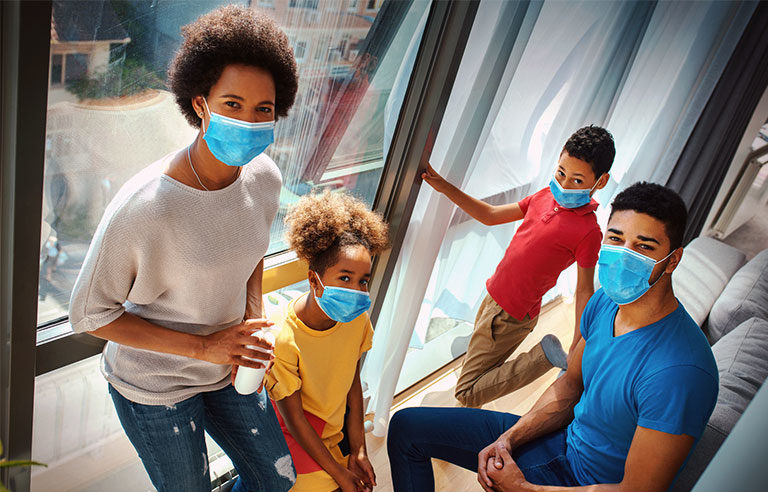COVID-19 can spread quickly within households, study finds

Atlanta — Household transmission of COVID-19 can occur rapidly after one member is infected but doesn’t display symptoms, according to the results of a recent study published by the Centers for Disease Control and Prevention.
Researchers from CDC, Vanderbilt University and the Marshfield Clinic Research Institute in Wisconsin observed 101 infected individuals and a combined 191 household contacts between April and September. All of the participants were trained on how to collect their own specimens, nasal swabs and saliva samples while maintaining symptom diaries over a two-week period.
Around 53% of the household contacts had SARS-CoV-2 – the coronavirus that causes COVID-19 – in their samples after having contact with the infected household member. Among them, two-thirds developed their infections within five days after the fellow household member got COVID-19.
In light of these results, CDC recommends taking certain measures when a household member tests positive or is suspected of having COVID-19. This individual should self-isolate within his or her home as well as use a separate bedroom and bathroom when feasible. Isolation should begin before testing or before test results are available.
All household members should wear a mask while in the house, “particularly in shared spaces.” This includes the person who is infected or is suspected of having COVID-19. This person should stay away from any elderly household members, those who are immunocompromised or anyone at risk for severe COVID-19.
“An important finding of this study is that fewer than one-half of household members with confirmed SARS-CoV-2 infections reported symptoms at the time infection was first detected,” the researchers write, “and many reported no symptoms throughout seven days of follow-up, underscoring the potential for transmission from asymptomatic secondary contacts and the importance of quarantine.”
The study was published online Oct. 30 in CDC’s Morbidity and Mortality Weekly Report.
Post a comment to this article
Safety+Health welcomes comments that promote respectful dialogue. Please stay on topic. Comments that contain personal attacks, profanity or abusive language – or those aggressively promoting products or services – will be removed. We reserve the right to determine which comments violate our comment policy. (Anonymous comments are welcome; merely skip the “name” field in the comment box. An email address is required but will not be included with your comment.)
